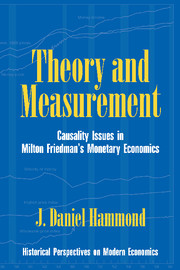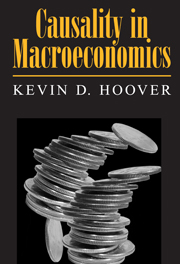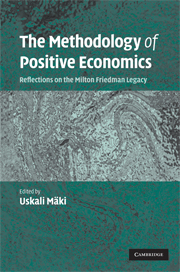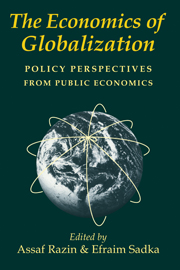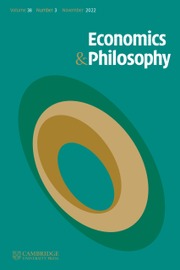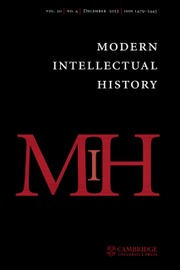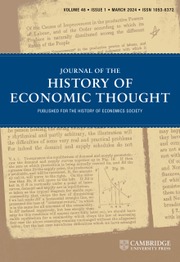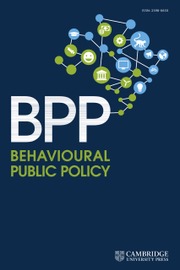Theory and Measurement
Focusing on the period of Milton Friedman's collaboration with Anna J. Schwartz, from 1948 to 1991, this work examines the history of debates between Friedman and his critics over money's causal role in business cycles. Professor Hammond shows that critics' reactions were grounded in two distinctive features of Friedman and Schwartz's way of doing economic analysis--their National Bureau business cycle methods and Friedman's Marshallian methodology. Drawing extensively on unpublished materials, Professor Hammond's treatment offers new insights on Milton Friedman's attempts to settle debates with his critics and his eventual recognition of the methodological impediments.
- Newest book-length treatment of work of Milton Friedman, Nobel prizewinner and perhaps best-known American economist of all time
- Draws on interviews with Friedman and much unpublished source material from Friedman's archives
- A clearly written treatment balancing theoretical and methodological issues in Friedman's thought
Reviews & endorsements
"This book provides carefully researched and eloquently argued recapitulation of leading controversies in economic theory over the past half century." Robert W. Clower, Journal of Economic Literature
Product details
March 1996Hardback
9780521552059
250 pages
229 × 152 × 17 mm
0.54kg
1 b/w illus. 2 tables
Available
Table of Contents
- Introduction
- 1. Theory and measurement at the National Bureau
- 2. Origins of Friedman's Marshallian methodology
- 3. Origins of the monetary project
- 4. Critiques from within the National Bureau
- 5. Post Hoc Ergo Propter Hoc, part I
- 6. Reactions to the Monetary History
- 7. Post Hoc Ergo Propter Hoc, part II
- 8. Friedman and his critics on the theoretical framework
- 9. The Great Depression
- 10. Measurement without measurement: Hendry and Ericsson's critique
- Conclusion
- Bibliography.

